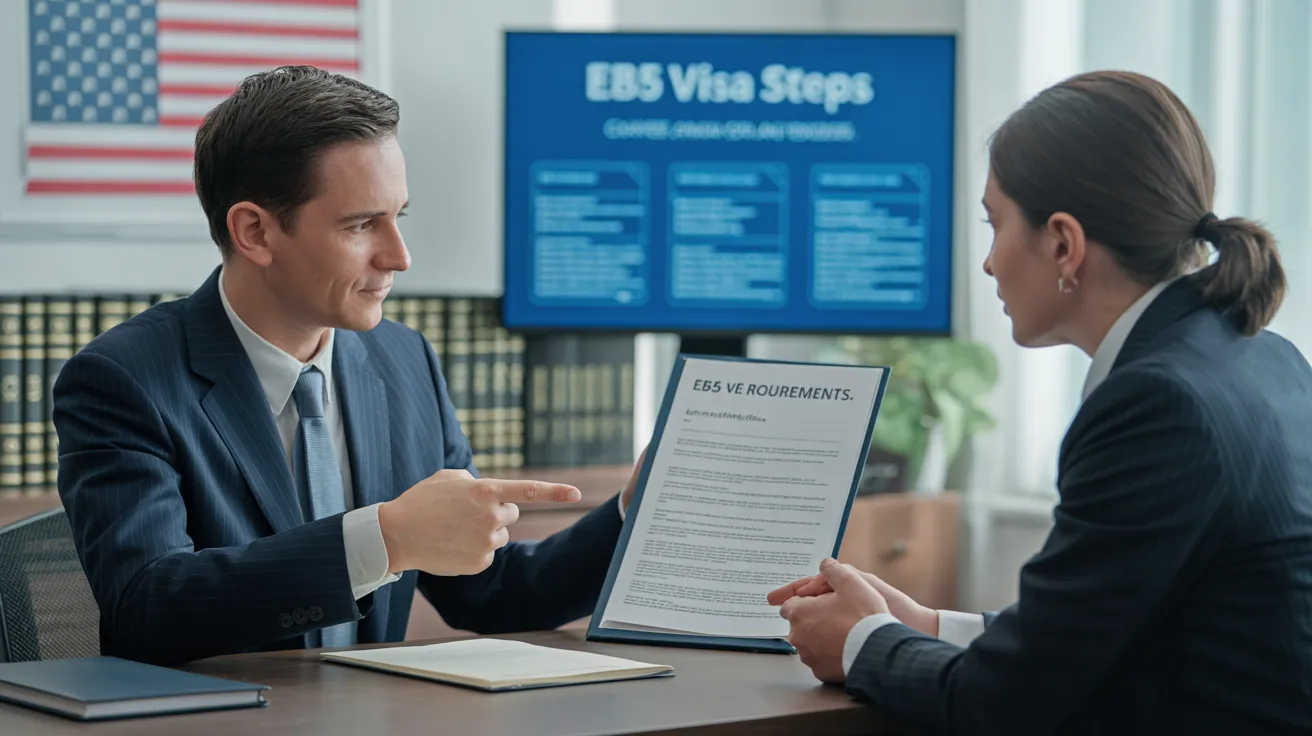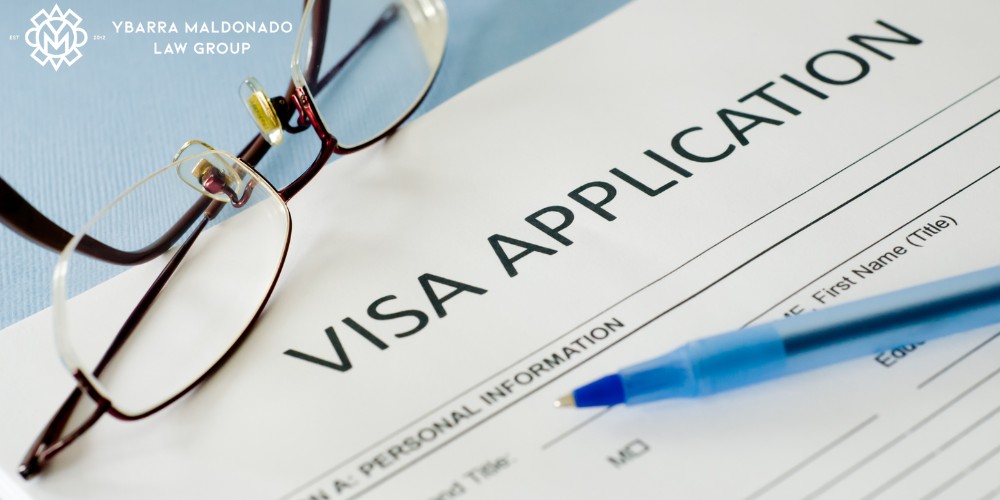L1 Visa Explained
Wiki Article
3 Easy Facts About L1 Visa Described
Table of Contents6 Easy Facts About L1 Visa Explained9 Easy Facts About L1 Visa ExplainedThe 3-Minute Rule for L1 VisaL1 Visa Fundamentals ExplainedNot known Details About L1 Visa Everything about L1 Visa
Offered from ProQuest Dissertations & Theses International; Social Scientific Research Premium Collection. (2074816399). (PDF). Congress. (PDF). DHS Workplace of the Examiner General. (PDF). (PDF). "Nonimmigrant Visa Statistics". Fetched 2023-03-26. Department of Homeland Security Workplace of the Inspector General, "Testimonial of Vulnerabilities and Potential Misuses of the L-1 Visa Program," "A Mainframe-Size Visa Loophole".
United State Department of State. Retrieved 2023-02-08. Tamen, Joan Fleischer (August 10, 2013).
6 Simple Techniques For L1 Visa
In order to be qualified for the L-1 visa, the international firm abroad where the Beneficiary was employed and the U.S. company should have a qualifying partnership at the time of the transfer. The different kinds of qualifying relationships are: 1.
Example 1: Company A is integrated in France and uses the Recipient. Firm B is included in the U.S. and intends to request the Beneficiary. Company An owns 100% of the shares of Company B.Company A is the Parent and Company B is a subsidiary. There is a certifying partnership in between the 2 companies and Firm B should be able to fund the Recipient.
Instance 2: Business A is integrated in the U - L1 Visa.S. and intends to seek the Recipient. Company B is included in Indonesia and uses the Beneficiary. Firm A has 40% of Firm B. The staying 60% is owned and regulated by Firm C, which has no connection to Company A.Since Firm A and B do not have a parent-subsidiary relationship, Firm A can not sponsor the Recipient for L-1.
Company An owns 40% of Business B. The continuing to be 60% is owned by Firm C, which has no connection to Firm A. However, Company A, by formal arrangement, controls and full takes care of Firm B.Since Company An owns less than 50% of Company B yet manages and manages the business, there is a qualifying parent-subsidiary connection and Business A can fund the Beneficiary for L-1.
The Facts About L1 Visa Revealed
Associate: An associate is 1 of 2 subsidiaries thar are both owned and regulated by the very same moms and dad or individual, or owned and controlled by the same group of people, in basically the same ratios. a. Instance 1: Firm A is included in Ghana and utilizes the Beneficiary. Business B is incorporated in the united stateFirm C, likewise incorporated in Ghana, owns 100% of Firm A and 100% of Business B.Therefore, Company A and Firm B are "affiliates" or sister firms and a certifying connection exists between the 2 business. Company B must be able to fund the Beneficiary. b. Example 2: Business A is integrated in the U.S.
Business A is 60% owned by Mrs. Smith, 20% possessed by Mr. Doe, and 20% had by Ms. Brown. Company B is included in Colombia and presently uses the Beneficiary. Business B is 65% owned by Mrs. Smith, 15% owned by Mr. Doe, and 20% possessed by Ms. Brown. Firm A and Business B are associates and have a certifying connection in two different methods: Mrs.
The L-1 visa is an employment-based visa L1 Visa law firm group developed by Congress in 1970, allowing international firms to transfer their managers, execs, or vital employees to their united state procedures. It is typically described as the intracompany transferee visa. There are two main sorts of L-1 visas: L-1A and L-1B. These types are ideal for staff members hired in various settings within a company.

Furthermore, the recipient needs to have worked in a managerial, executive, or specialized worker position for one year within the three years coming before the L-1A application in the foreign company. For brand-new office applications, foreign employment should have been in a managerial or executive capacity if the beneficiary is involving the USA to work as a manager or exec.
How L1 Visa can Save You Time, Stress, and Money.

If given for an U.S. company operational for more than one year, the initial L-1B visa is for up to 3 years and can be extended for an extra 2 years (L1 Visa). On the other hand, if the U.S. firm is freshly developed or has been functional for much less than one year, the preliminary L-1B visa is released for one year, find out more with expansions offered in two-year increments
The L-1 visa is an employment-based visa classification developed by Congress in 1970, permitting multinational business to move their managers, execs, or vital employees to their U.S. operations. It is typically referred to as the intracompany transferee visa.
L1 Visa - An Overview
Additionally, the recipient has to have operated in a supervisory, executive, or specialized worker placement for one year within the 3 years coming before the L-1A application in the international business. For brand-new workplace applications, international employment needs to have remained in a managerial or executive ability if the recipient is concerning the USA to function as a supervisor or executive.for as much as 7 years to oversee the operations of the U.S. associate as an executive or supervisor. If provided for a united state firm that has actually been operational for even more than one year, the L-1A visa is originally granted for up to three years and can be extended in two-year increments.
If approved for a united state company operational for more than one year, the preliminary L-1B visa is for as much as three years and can be extended for an additional two years. Conversely, if the U.S. company is freshly established or has been functional for less than one year, the learn more first L-1B visa is released for one year, with extensions offered in two-year increments.
Report this wiki page